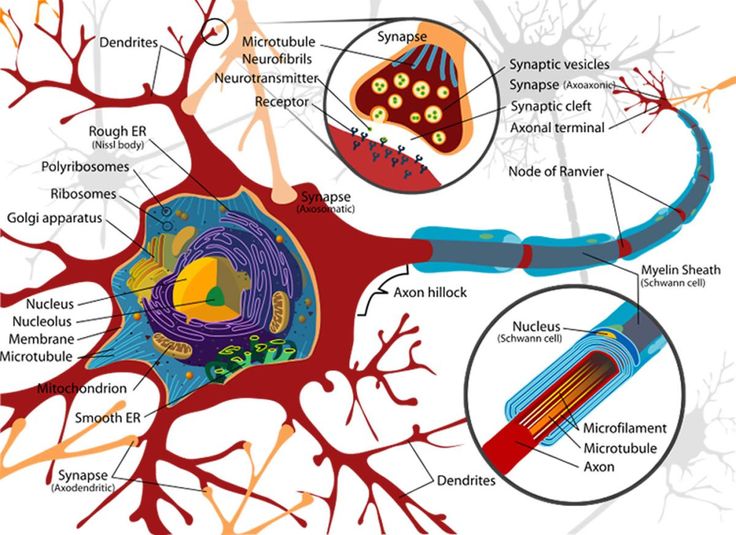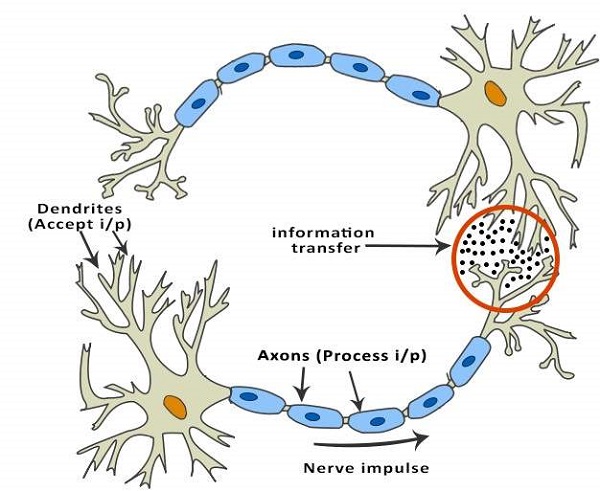

Because of the obvious complexity of the brain, neuroscientists conduct their studies at different levels of depth. Neuroscientists conduct experiments to understand how sensory information is processed to lead to behavior.

Thus, except for rare responses, like simple reflexes, a behavior is expressed in response to a combination of the immediate sensory stimuli integrated over time with cognition. However, behavior is not just what an organism does in response to a stimulus or sensory input it is most often what an organism chooses to do from a variety of available options in response to a complex set of environmental conditions.

The behavior can be simple, like a motor reflex in response to pain, or more complicated, like playing squash, working a crossword puzzle, or painting. In response to a simple or complex sensory experience, an organism responds or behaves. These networks process information derived from the internal and external environment, and the consequence of processing this sensory information is cognition, a concept that includes learning and memory, perception, sleep, decision-making, emotions, and all forms of higher information processing. These neural circuits can be organized into larger networks and anatomical structures that integrate information across and between all sensory modalities – including hearing, seeing, touching, tasting, and smelling – from all parts of the nervous system. We now know that the human brain contains approximately one hundred billion neurons and that these neurons have some one hundred trillion connections, forming functional and definable circuits. The detailed description of the neurons and their connections by Cajal, his students, and their followers led to the “neuron doctrine,” which proposed that the neuron is the functional unit of the nervous system. The modern era of neuroscience can be traced to the 1890s, when the Spanish pathologist Santiago Ramón y Cajal used a method developed by the Italian physician Camillo Golgi to stain nerve tissues to visualize the morphology and structure of the neurons and their connections. But the modern era of neuroscience began – and continues to progress – with the development of tools, techniques, and methods used to measure in ever more detail and complexity the structure and function of the nervous system. The belief that the brain is the organ that controls behavior has ancient roots, dating to early civilizations that connected loss of function to damage to parts of the brain and spinal cord. Neuroscience is the scientific study of the nervous system (the brain, spinal cord, and peripheral nervous system) and its functions. – Santiago Ramón y Cajal, Advice for a Young Investigator (1897)


 0 kommentar(er)
0 kommentar(er)
